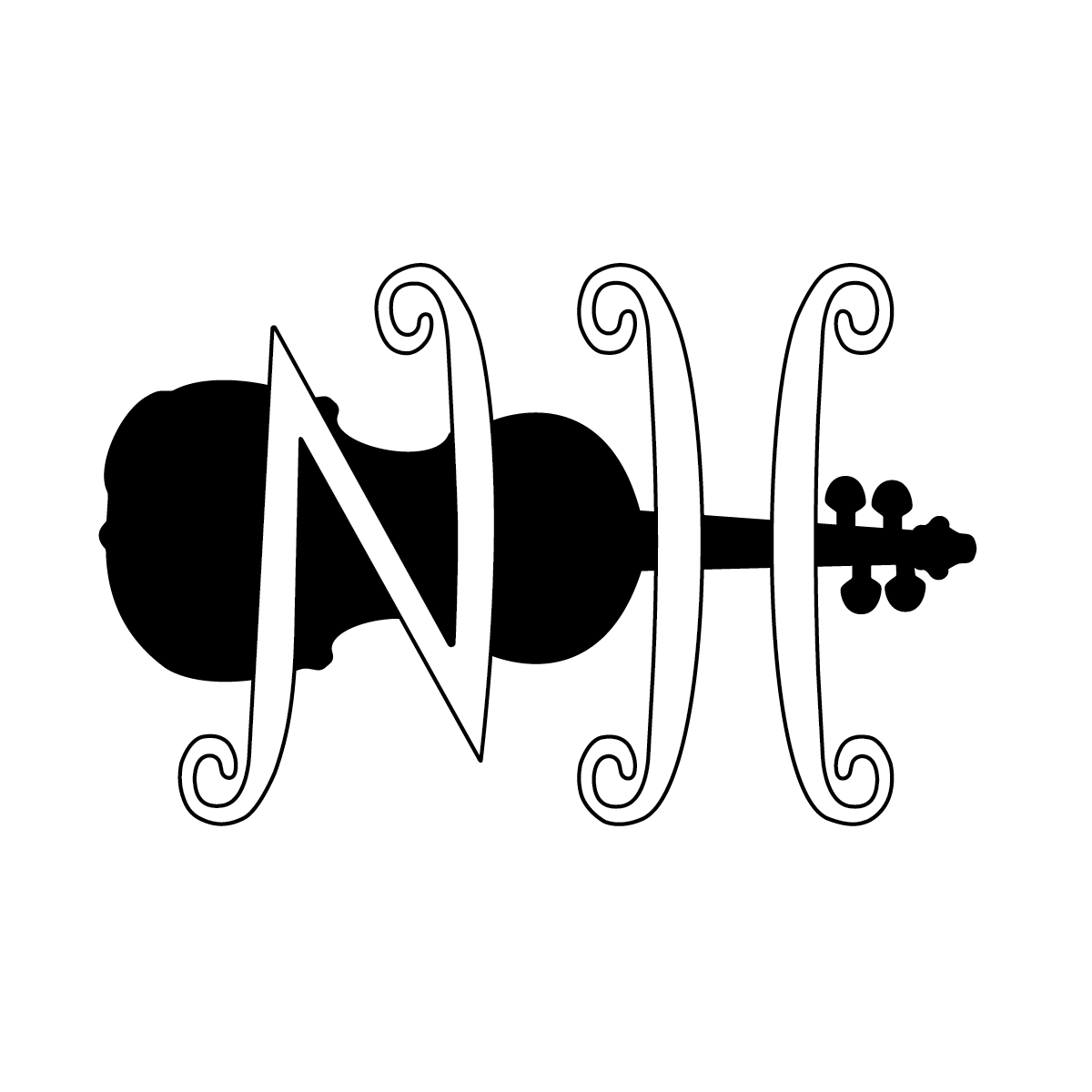My MIDI Violin Story
Shortly after graduating from the University of Minnesota Duluth, having studied both music & computer science, I began experimenting with various MIDI violin solutions - the goal in mind to have an accurate & expressive-capable MIDI violin solution. I did some trailblazing cool things, and am continuing to explore this field
MIDI Violin with Expression
In Ableton, adding expressiveness to MIDI violin is possible!
While JamOrigin outputs a pitchbend signal, it doesn’t work very well as vibrato expression, so some adaption is needed - which is possible with Max for Live.
MIDI violin volume control is also possible by controlling the synths’s volume level with the violin’s volume level. There is a Max for Live device called the “Envelope Follower” that makes this possible, and I demonstrate that in this video.
The envelope follower and pitch bend have so many unexplored applications in electric violin. You can do all sorts of crazy things by controlling effects with volume & vibrato
MIDI Violin Lights
This is where it gets crazy fun
With MIDI violin working in Ableton, and the magic of DMXIS, I am able to control stage lights in various ways.
By assigning pitches to specific color & pattern patches, volume to brightness, and vibrato to moving head rotations, all sorts of fun can be had.
Tracking Accuracy
I achieved a high-accuracy & expressive MIDI Violin using my acoustic violin, a basic KNA pickup, JamOrigin, and Ableton Live. The violin signal is routed via interface into Ableton Live, where a combination of JamOrigin and Max for Live devices are used to turn the violin into a MIDI controller.
JamOrigin processes the audio -> MIDI conversion, and Max for Live aids in adding expressive capabilities, triggering drums, and live looping MIDI violin within the Ableton Live session-view environment.
Some specific JamOrigin settings, as well as an adapted playing style, are needed to run JamOrigin to achieve optimal tracking accuracy. A player should expect some compromise in playing style for playing high-attack MIDI samples & synth tones, but needs little if any adaptions for more legato and slower-attack MIDI samples & synth tones, especially when using volume control.
MIDI Violin Drums
There’s a variety of ways a MIDI violin can be used as a drum!
One method is by assigning each note to a specific drum sample - in Ableton, by using the drum rack. Because accuracy isn’t 100% guaranteed, and because drums are a very high attack type of MIDI sample, this is a bit challenging.
The 2nd method is using an amplitude spike to MIDI converter. I actually built one myself, and it’s full of things to adjust to achieve the most accurate results based on all the possible variables that can affect the performance of amplitude spike to MIDI converters - one’s pickup/violin, one’s chopping method, on-stage noise, etc.
The 3rd method is having a single note trigger a drum sequencer, and allowing pitch & volume to control the drums expressively.
